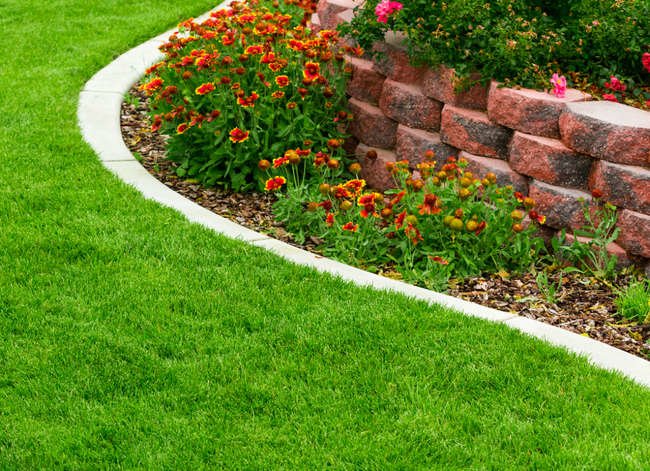We may earn revenue from the products available on this page and participate in affiliate programs. Learn More ›
Wise Ways to Landscape
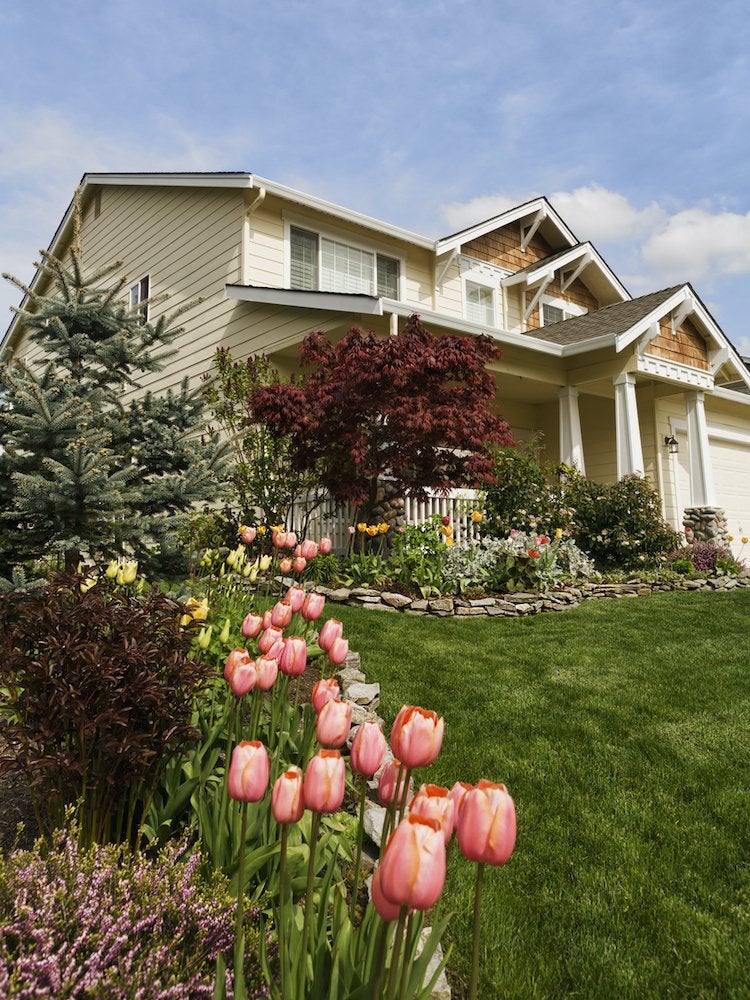
Landscaping is assumed to be a costly endeavor for maintaining your yard and improving your home’s exterior appearance. But with these helpful pieces of advice, landscaping doesn’t have to be expensive—it can even help you save money around the house.
Cool Your Home with Trees
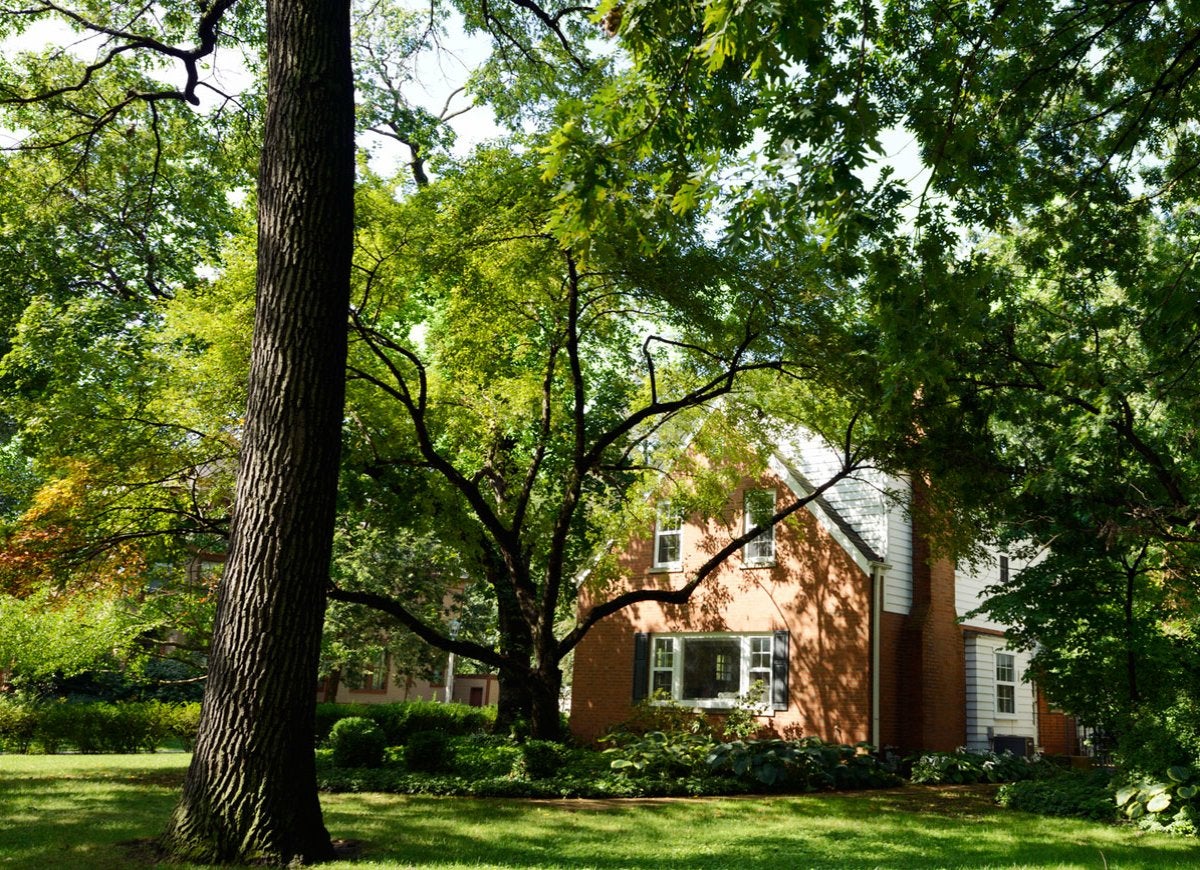
Placing trees in the right spots around your home can significantly reduce your energy costs. The Arbor Day Foundation suggests planting deciduous trees on the east, west, and northwest sides of your home to create shade and reduce the need for air conditioning. Evergreens work well planted on the north side of your house, providing a buffer against cold winter gusts.
Related: The 15 Best Trees for Any Backyard
Rethink Your Lawn
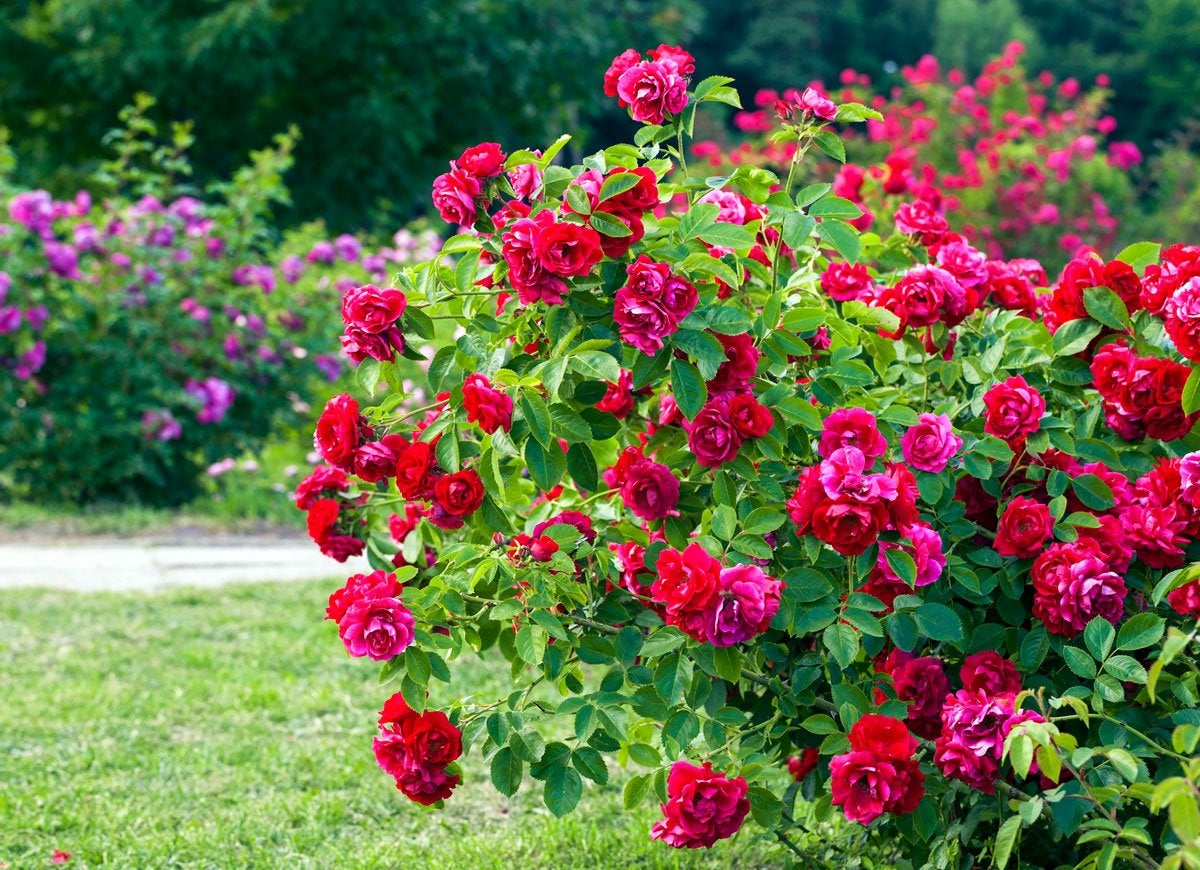
Choose the type of turf that has the best chance of success in your climate, and don’t over fertilize, over mow, or overwater it. If you’ve got a patch that consistently requires special attention and lots of watering, tear it out and replace it with a bed of hardy flowers or a low-maintenance shrub.
Opt for Natives
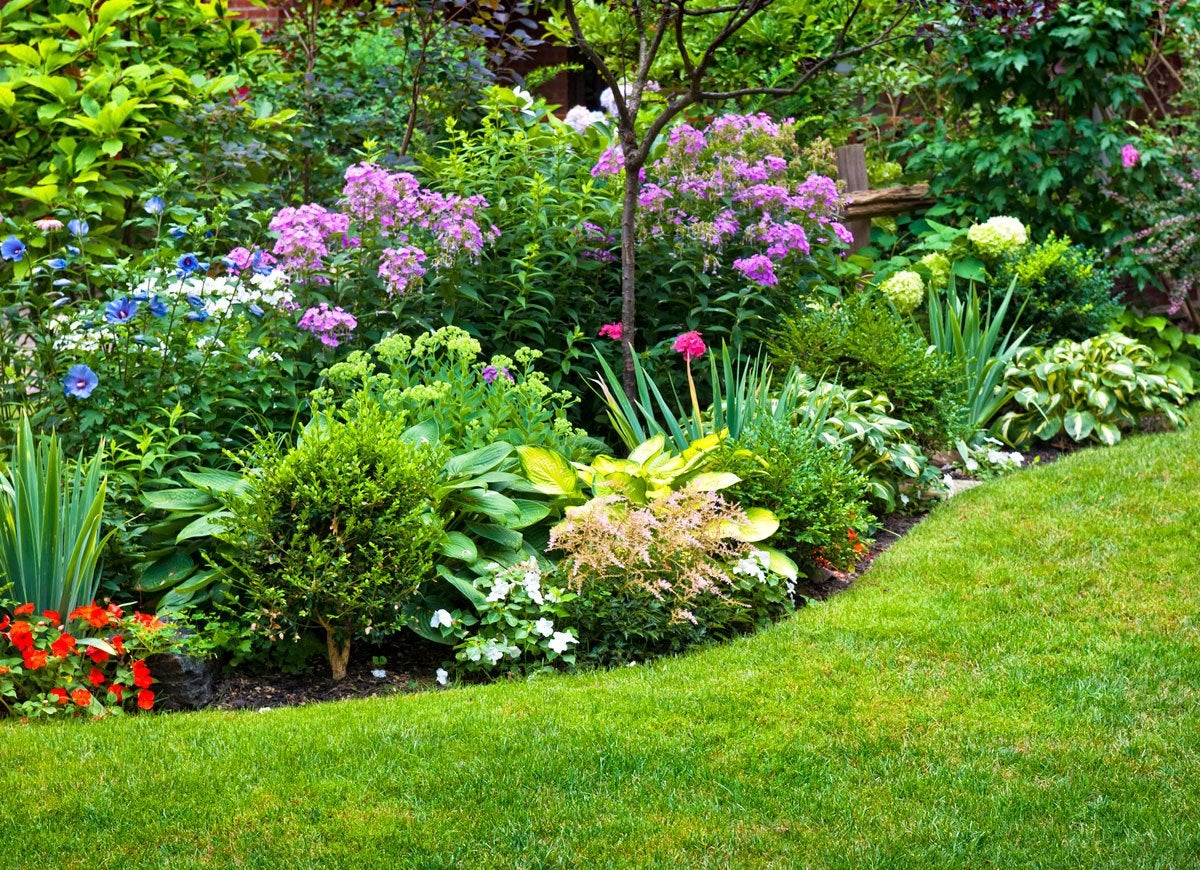
Put aside those gorgeous nursery catalogs and ignore the trucked-in potted plants that fill garden centers and big-box stores. Instead, take a look in your local parks. Identify plants that naturally thrive in your neck of the woods, and make those the backbone of your landscaping plans. You’ll end up saving tons of time, money, and frustration.
Mulch Much
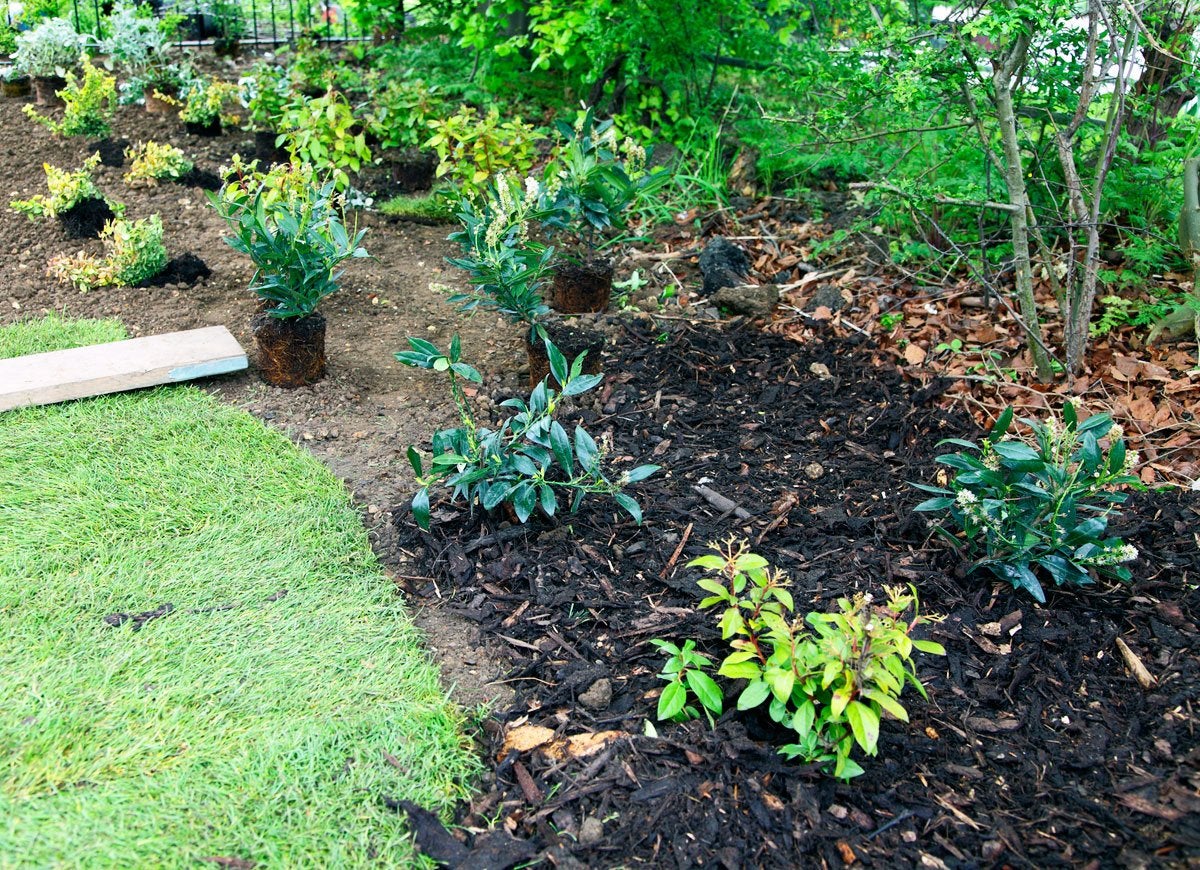
Mulching flower and veggie beds cuts down on the need for watering and weeding—and that’s good for your wallet and your back. Sure, you can buy mulch by the bag, but why pay when you can often find it for free? Contact your city to see if they give away the mulched remains of fallen trees, as many do. You can also make your own mulch by running a lawn mower over a pile of leaves.
Grow Free Food
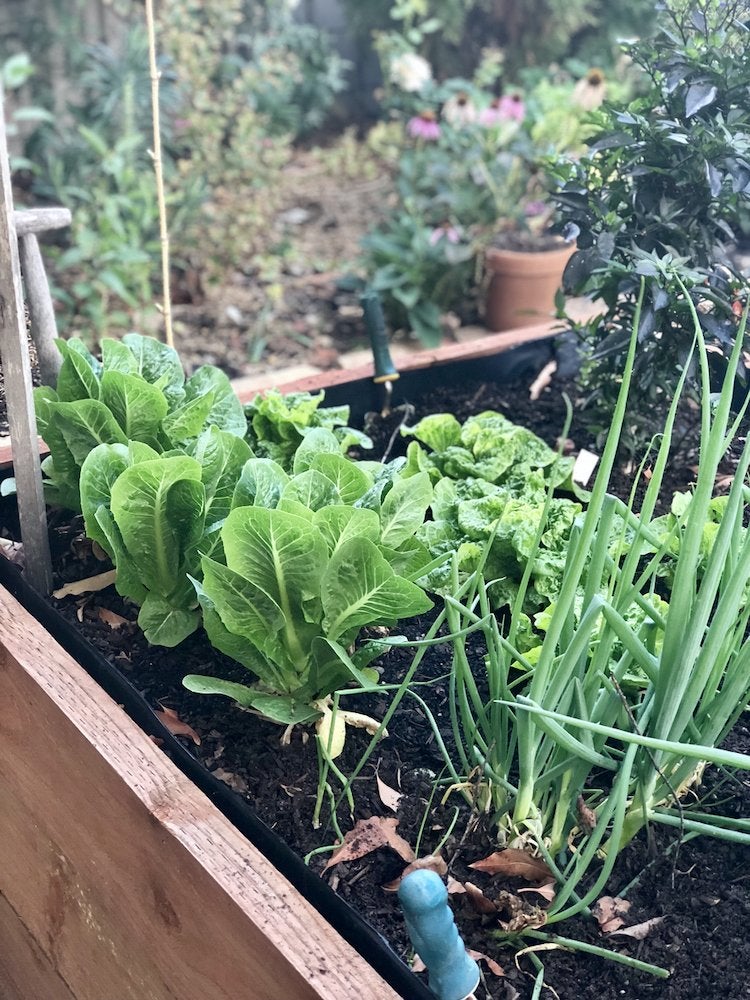
A vegetable garden can be a mega money-saver if you choose plants that grow well in your location. Even just a few tomato or basil plants can reduce your grocery bill and make for healthier mealtimes.
Related: The 16 Easiest-to-Grow Vegetables for Novice Gardeners
Let Vines Climb
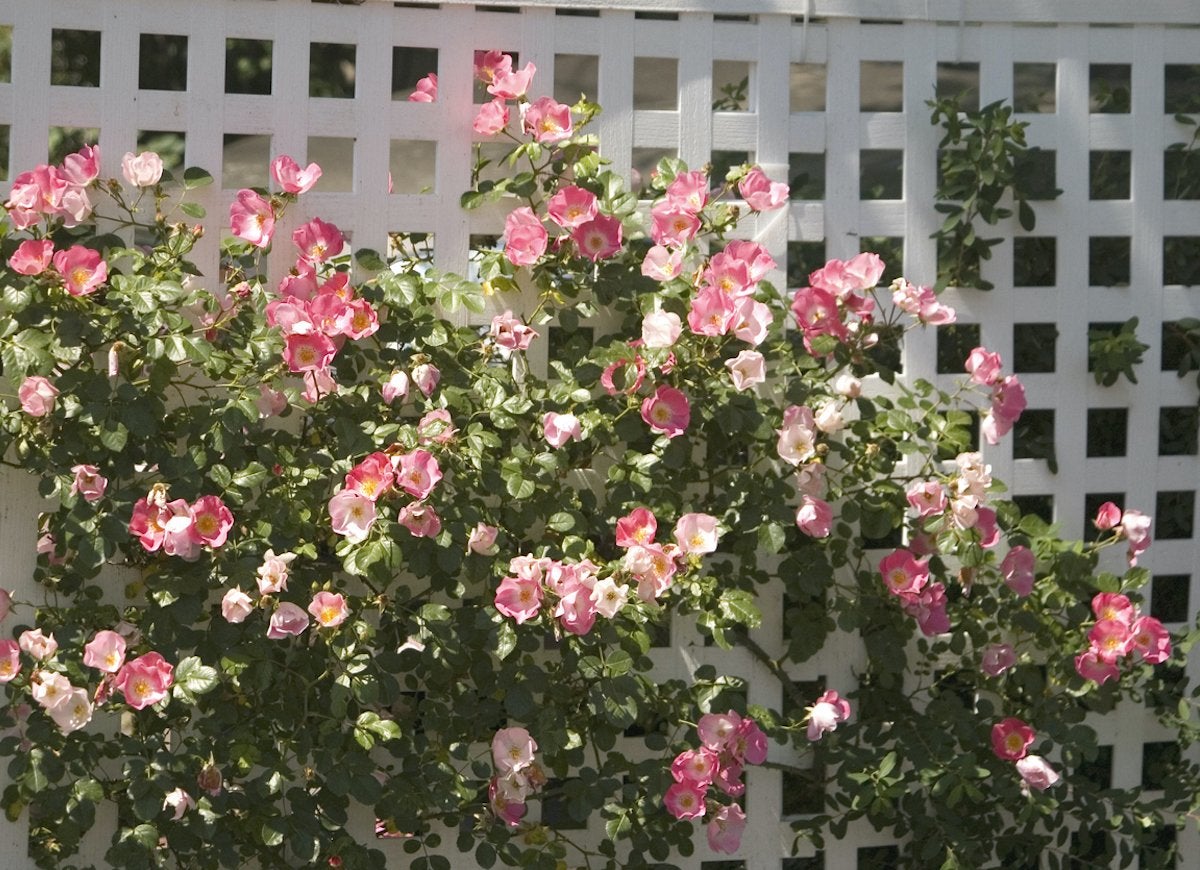
Build a trellis over your sunniest windows, then train flowering vines, such as morning glory or sweet autumn clematis, to climb over the lattice. They’ll reduce energy costs by providing lovely dappled shade all summer, then wither away in winter to let the sun warm your home.
Harness the Sun
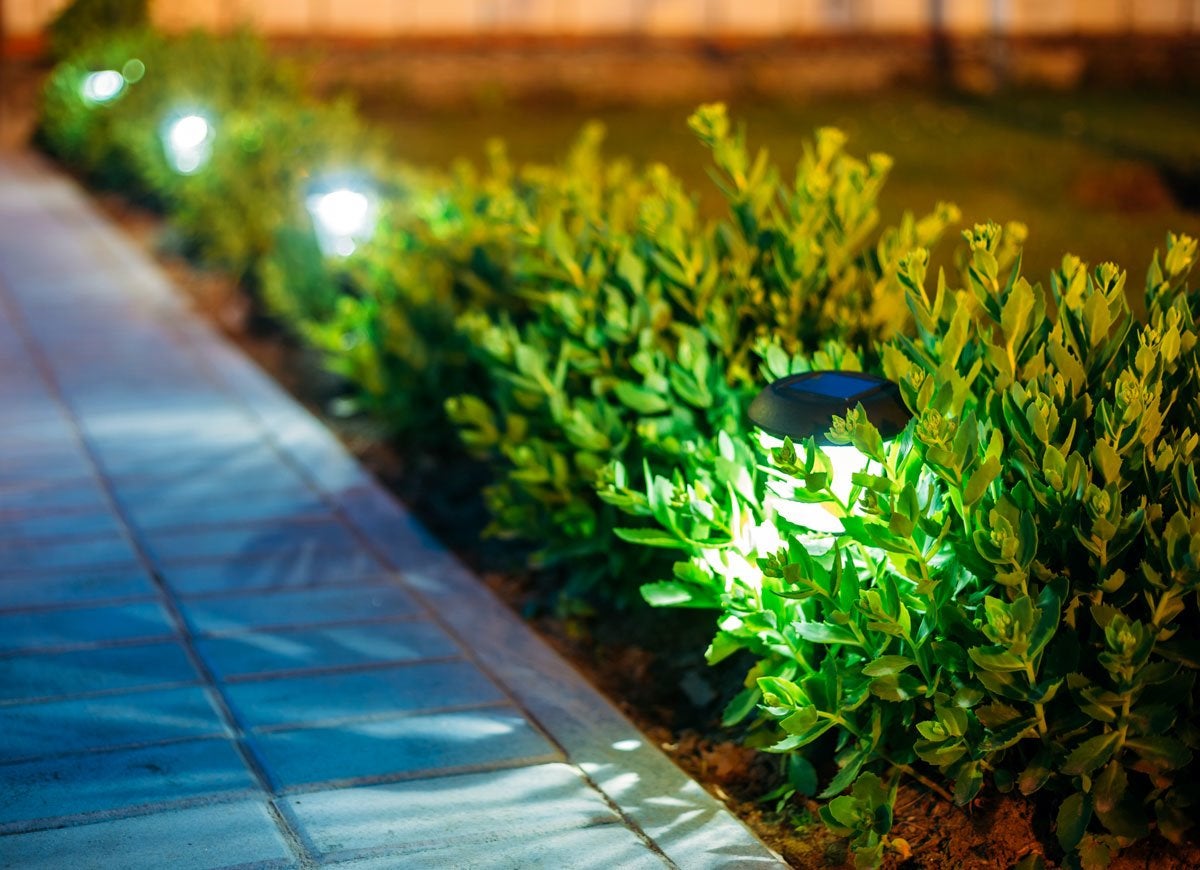
Walkways or driveways that require illumination at night can add to your electricity bill. Pick up some inexpensive solar-powered landscape lighting instead. Because they charge during the day and turn on automatically at night, they’re a greener and cheaper option than electric lights.
Save Seeds
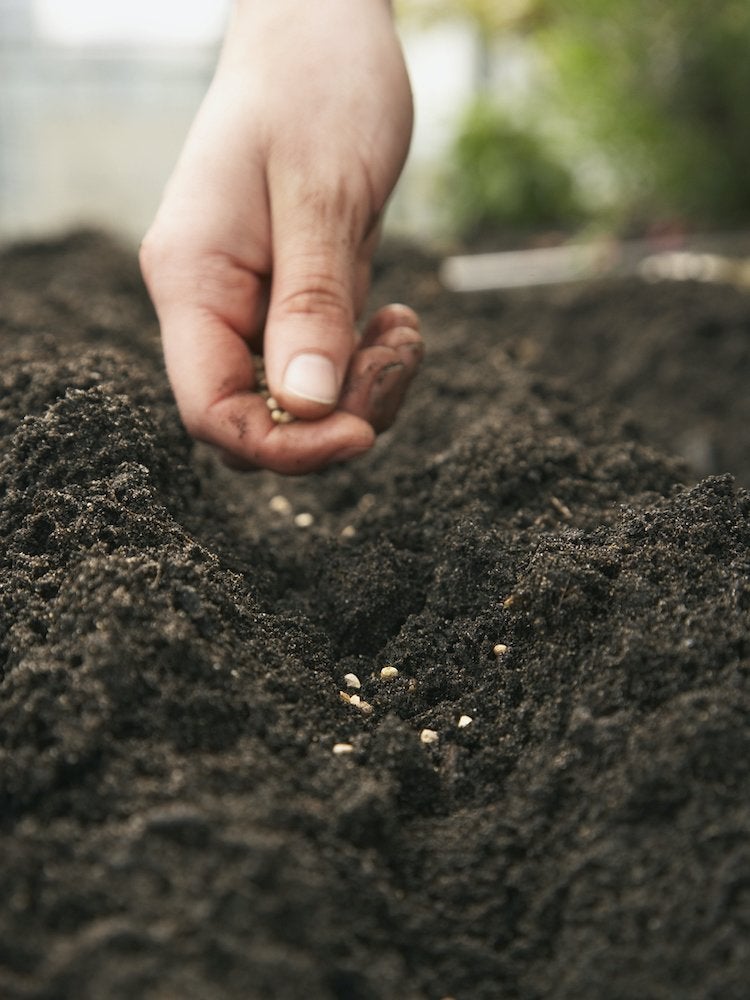
Tired of shelling out every spring for flowering plants to jazz up your home’s look? Learn the simple art of harvesting late-summer seeds for planting next year. Cosmos and poppies are two good picks for beginners. Simply shake the seeds from the dead, dried-out blooms, pop them in an envelope, and plant them the following spring.
Shop Fall Sales
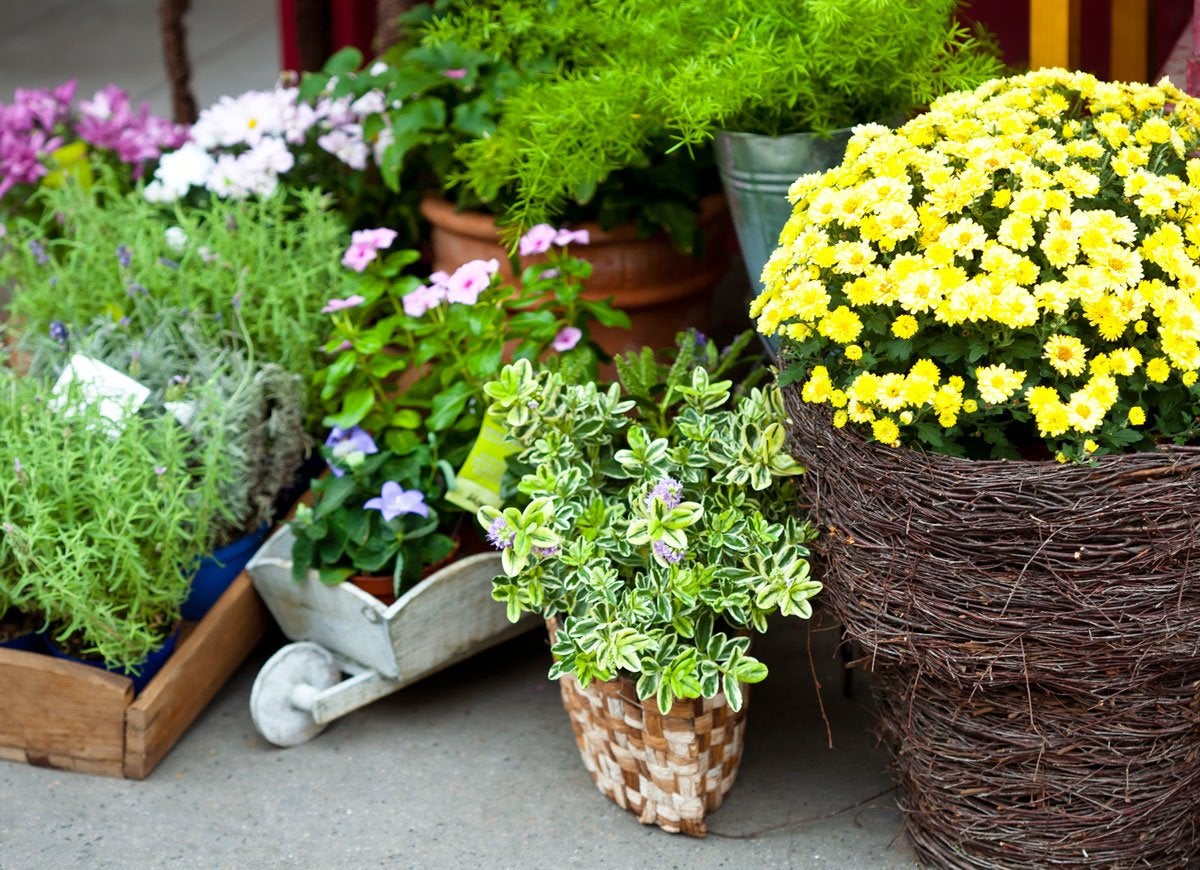
If you’re inspired to enhance your garden and save some green at the same time, your moment is close at hand. In the fall, many garden centers put plants and seeds on clearance. Choose carefully, and opt for local or drought-resistant varieties—and get them in the ground well before the first frost arrives!
Plant for Curb Appeal
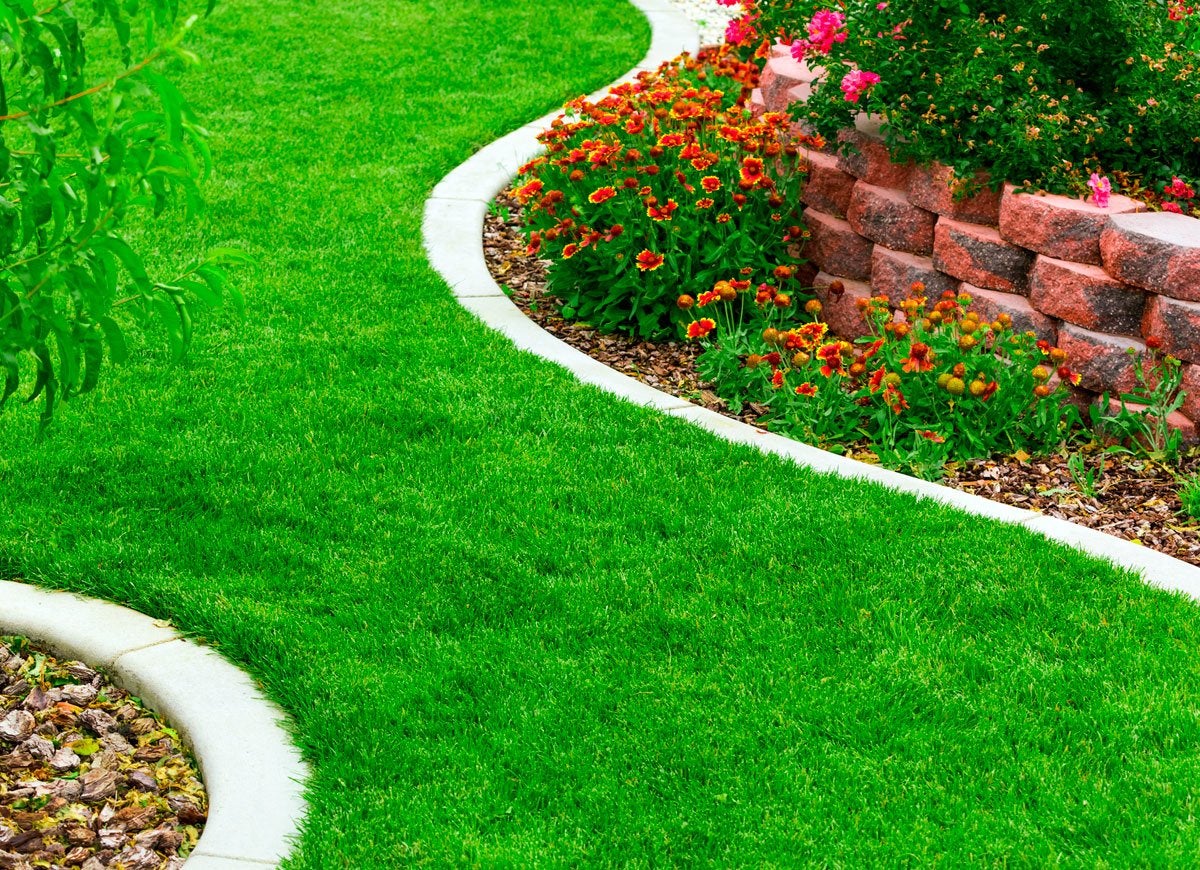
The biggest financial benefit of smart landscaping is the boost it can give to your home value. If your resources are limited, focus on sprucing up the front yard, facade, and walkway. Enhancing the drive-by appeal of your property will pay off big when it’s time to move on.
Related: 13 Outdoor Upgrades That Make Your Home More Valuable
Dive into Composting
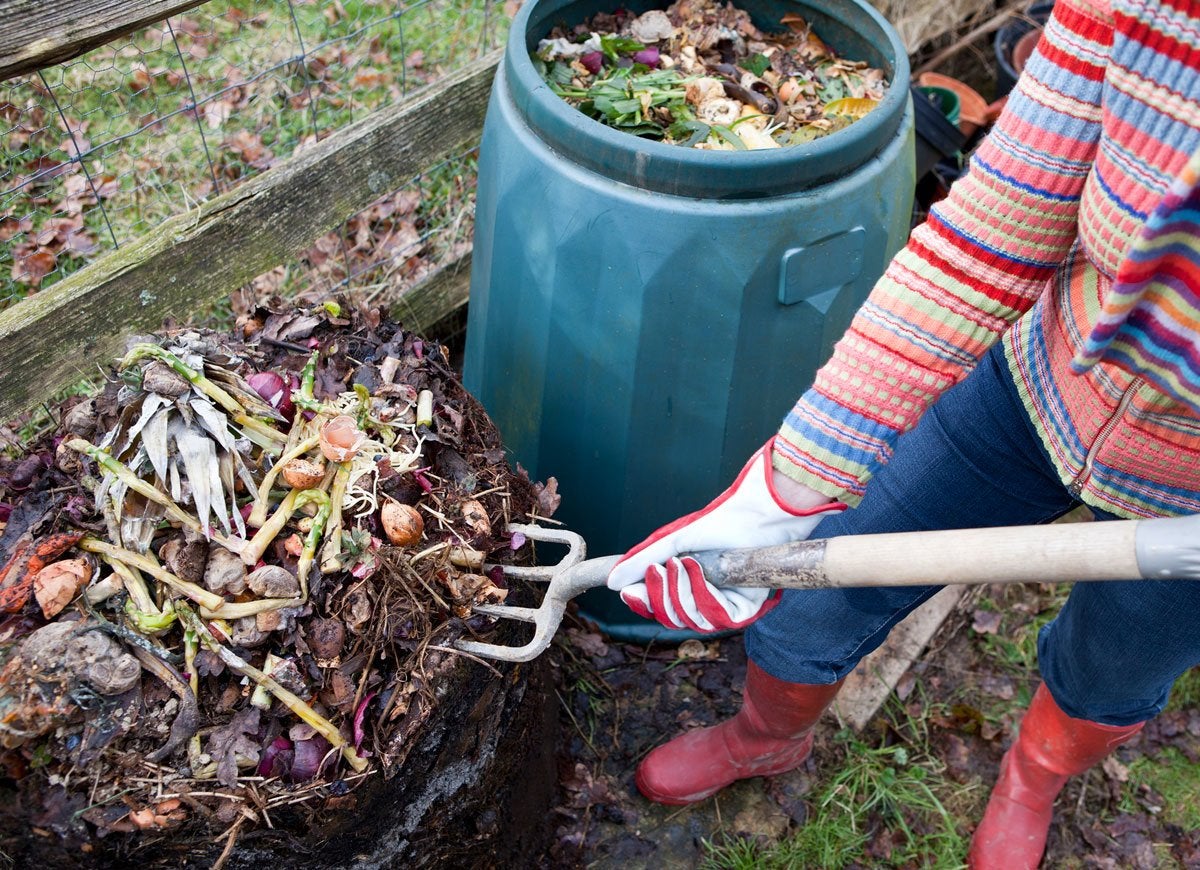
That bin of broken-down food scraps, paper goods, and yard trimmings is gold for your garden. Composting waste reduces the need for purchased fertilizer and makes vegetable gardens more productive. Plus, as many towns now charge per bag for garbage pickup, cutting down on your household trash could make sense for your savings.
Related: 11 Surprising Places to Get Free Gardening Supplies and Save Money
Collect the Rain
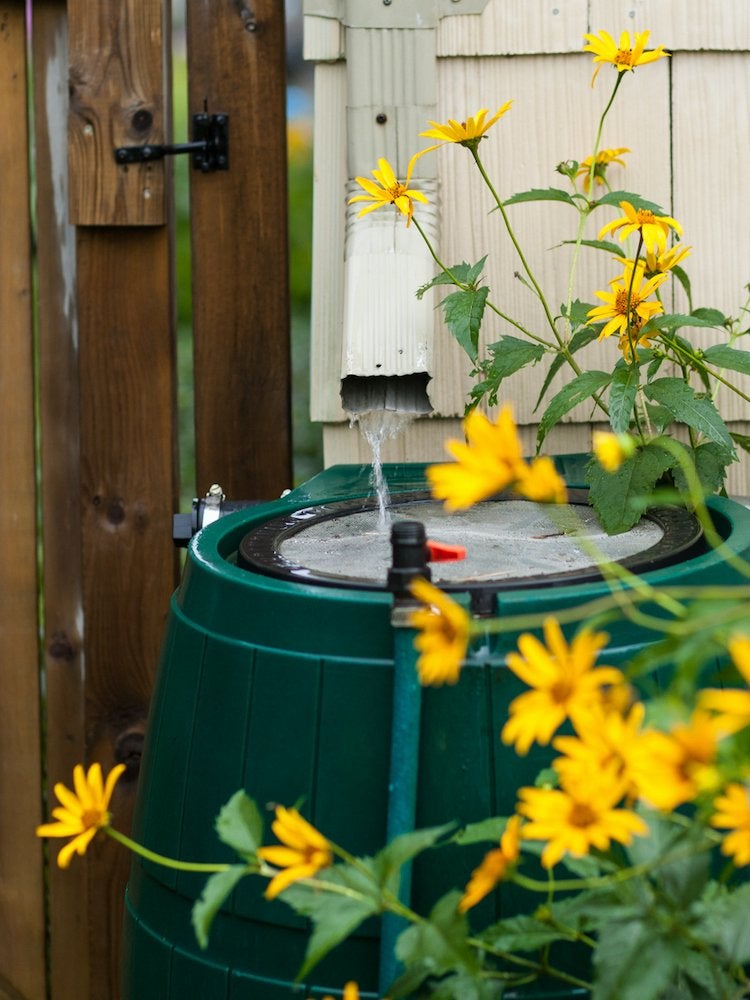
According to the Environmental Protection Agency (EPA) outdoor water use accounts for around around 30% of a household’s water use, although it’s sometimes even more in drier parts of the country or for home’s with water-intensive landscapes. You can cutback on this by adding a rain barrel to your landscape. Harvesting water with a rain barrel allows you to reuse that water for your grass and plants.
Related: 17 Rain Barrels That Make Water Conservation Stylish
Consider Ornamental Grass
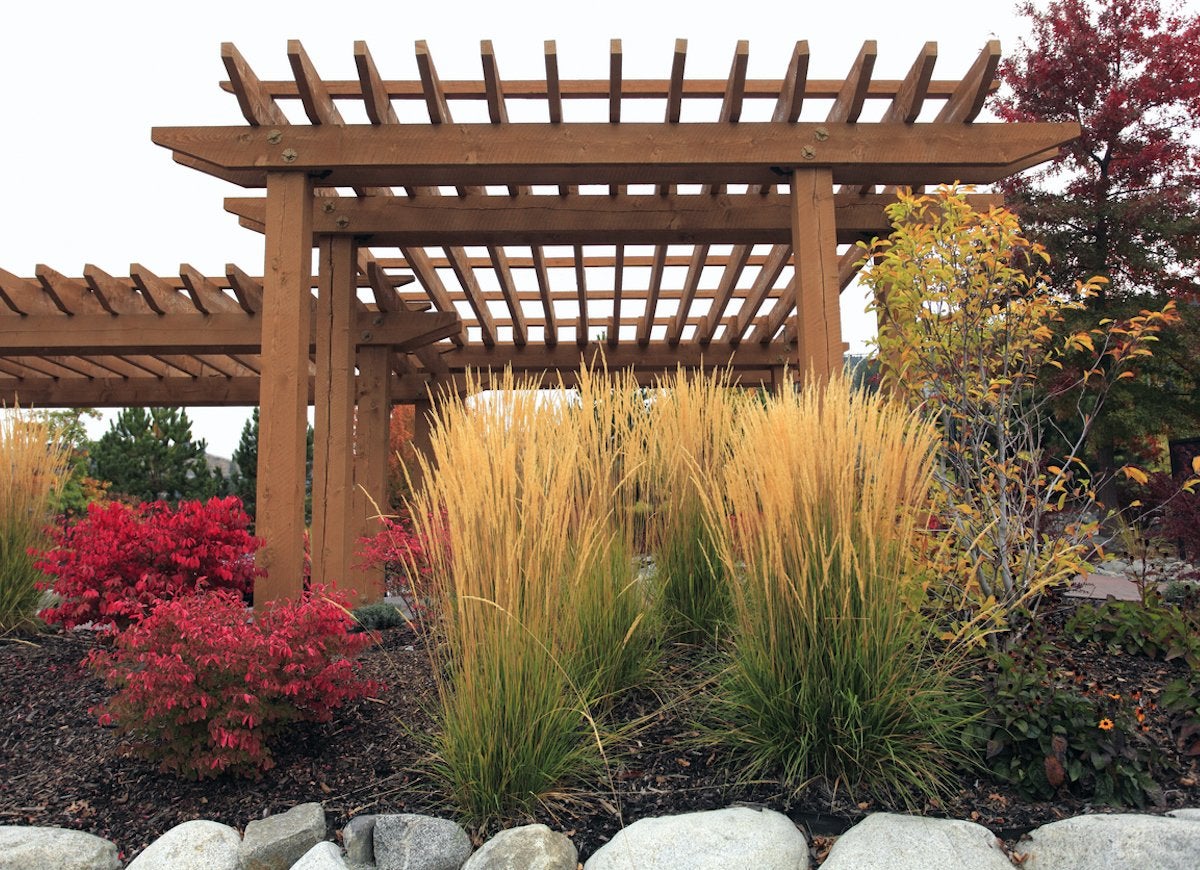
Willowy ornamental grass isn’t necessarily a replacement for a traditional lawn, but it can fill up space in dramatic fashion while being low-maintenance. It’s suitable for a range of hardiness zones and comes in a variety of colors and textures. Selecting any type of ornamental grass means less mowing, watering, and pruning for you.
Related: The 22 Best Ornamental Grasses for Adding Drama to Your Property
Cover Your Grounds
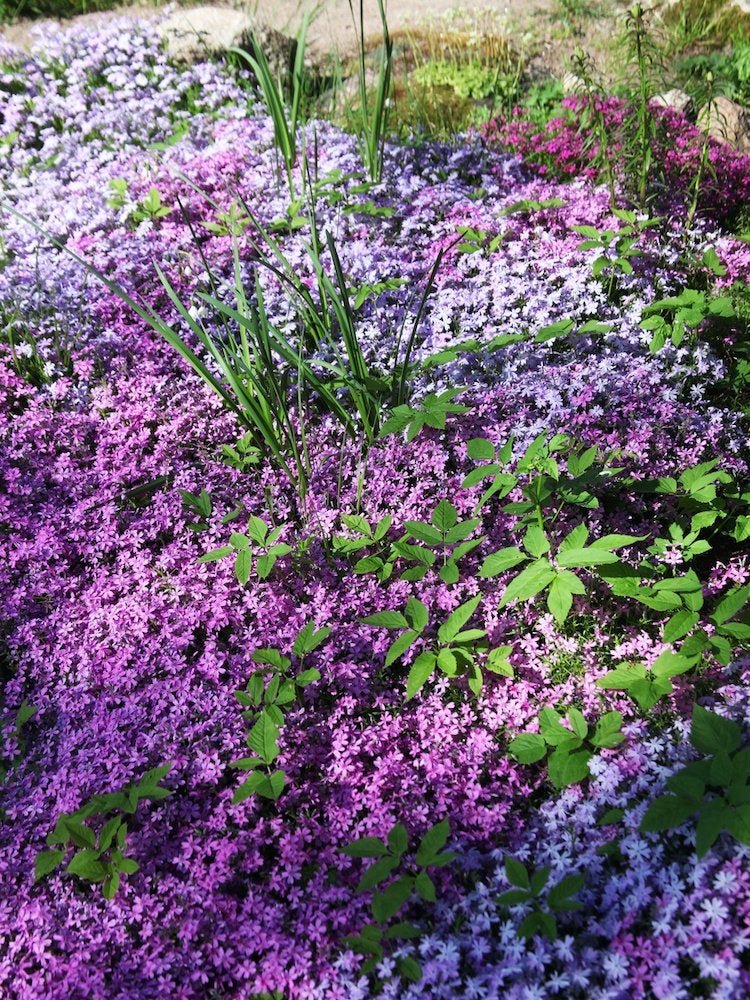
Incorporate ground cover into your landscape as an alternative for grass and flowers. The low-lying plant can be used to replace or fill in bare spots on the lawn while also providing the pop of color plants typically provide. Not only does it work double duty, but it’s simpler to care for and requires little maintenance. It also helps ward off weeds and prevent erosion, saving you money on even more additional landscaping concerns.
Related: The Best Low-Maintenance Ground Cover Plants for Your Property
Set a Timer
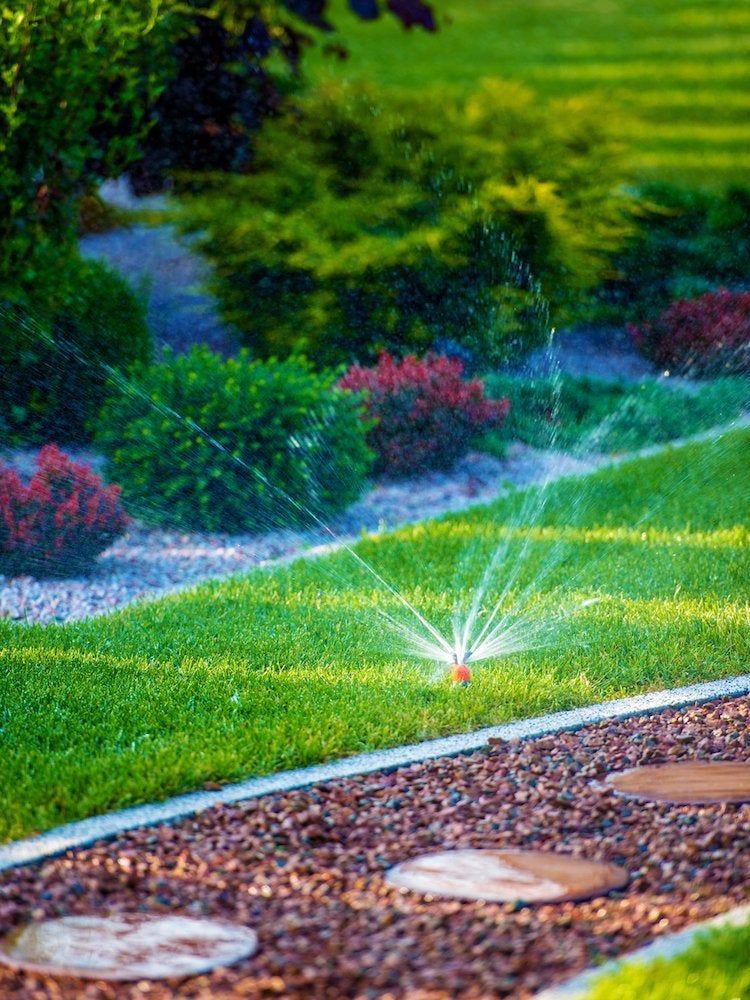
Installing an in-ground sprinkler system or smart sprinkler timer not only takes the pressure off of you from remembering to water the grass and garden, it also helps save water. In addition to turning on and off according to a set schedule, today’s sprinkler systems can make adjustments according to the weather forecast in your area. According to the EPA, a WaterSense labeled irrigation controller can save an average home nearly 7,600 gallons of water annually.
Related: The Best Gardening Tools
Landscaping Lowdown
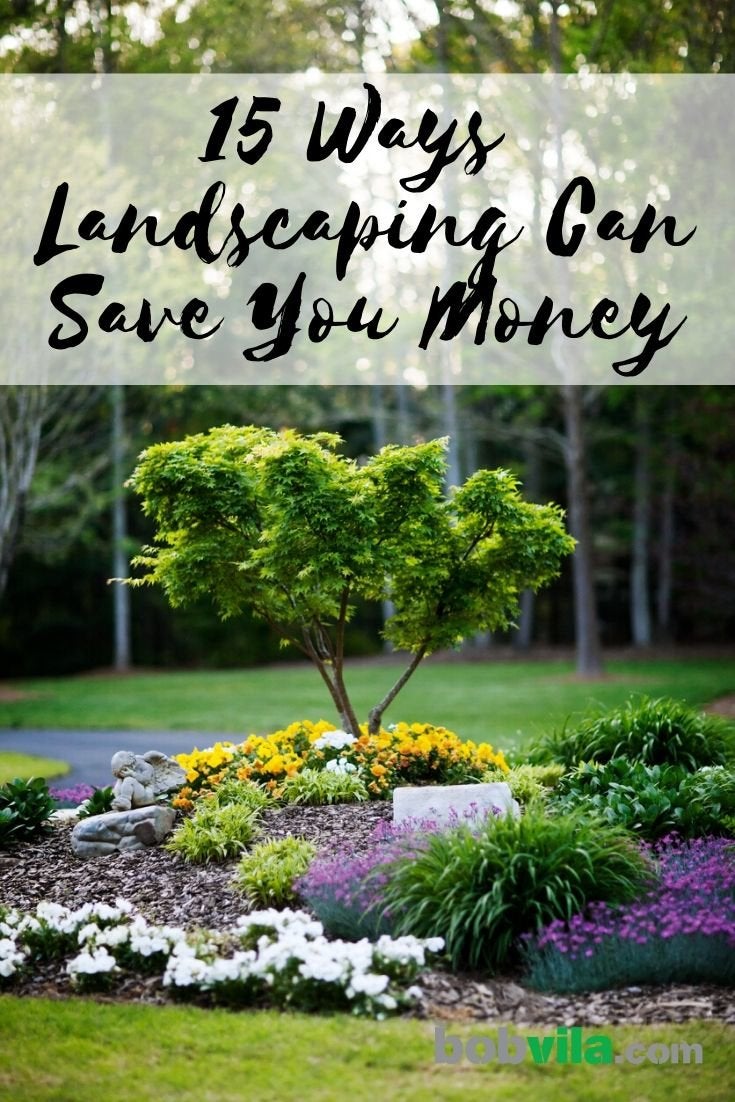
With a smart landscape design plan you won’t have to worry about astronomical costs.

DIY Flooring Solutions That Look Practically Professional
In search of flooring that meets the needs of the space without sacrificing style? We found solutions for 5 tricky space updates that blend aesthetics, durability, and DIY-friendly design.
